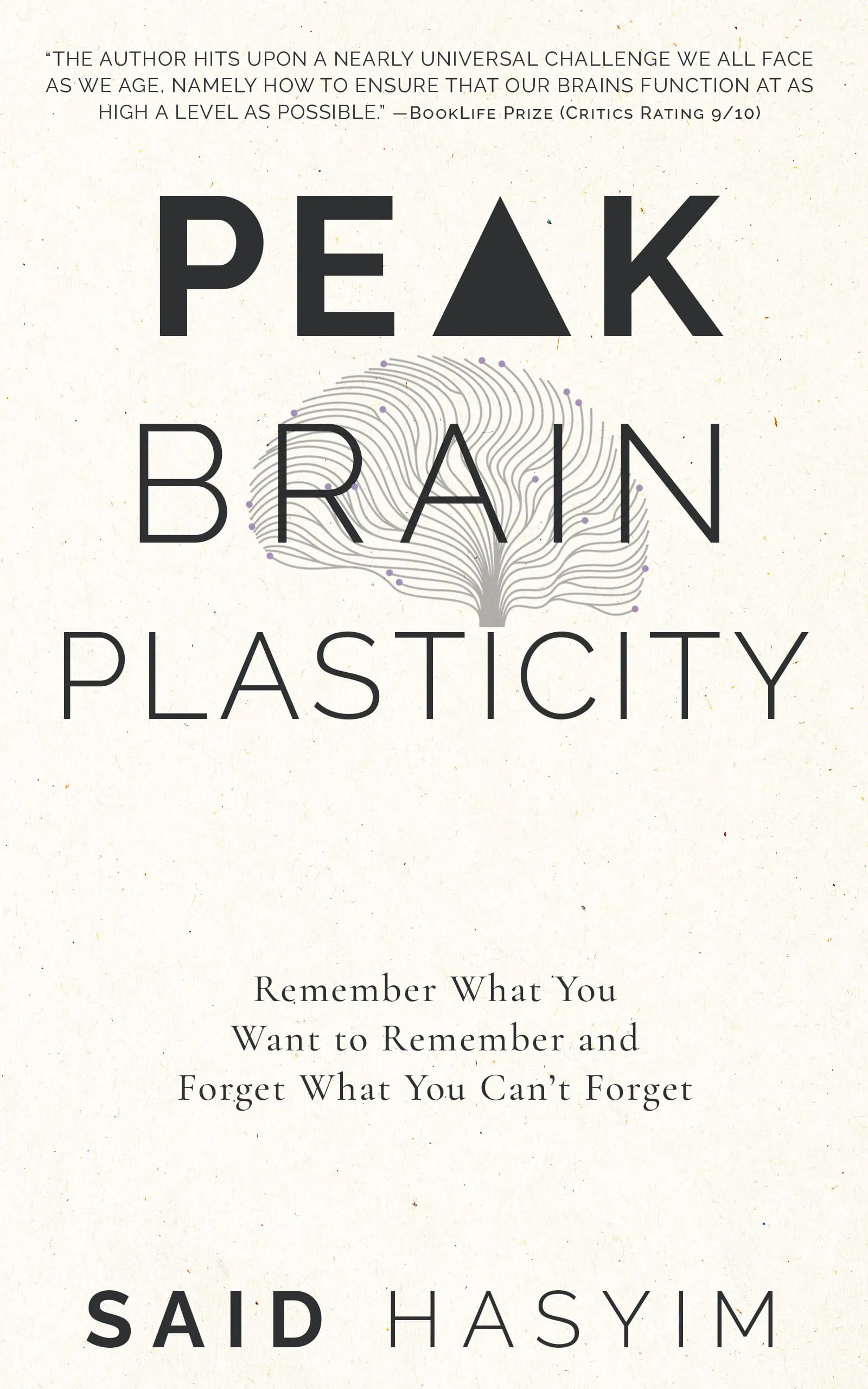How to Create Effective Study Techniques
Studying efficiently is a skill that many students strive to master, but it can often feel overwhelming due to the vast amount of information we are expected to absorb. With the right strategies, however, effective study techniques can transform your learning process and lead to greater success. In this blog post, we will explore various study techniques that you can customize to fit your unique learning style.
Understanding Your Learning Style
The first step in creating effective study techniques is identifying your learning style. There are three primary learning styles:
- Visual Learners: These individuals learn best through visual means, such as diagrams, charts, and videos.
- Auditory Learners: These learners prefer listening and tend to excel when information is presented through lectures and discussions.
- Kinesthetic Learners: Kinesthetic learners comprehend information better through hands-on experiences and physical activities.
Take some time to reflect on how you learn best. Once you've identified your style, you can tailor your study techniques accordingly.
Setting Goals
Setting clear, achievable goals is crucial for maintaining motivation and focus while studying. Use the SMART criteria to create effective goals:
- Specific: Define what you want to achieve.
- Measurable: Determine how you will measure success.
- Achievable: Set a realistic goal considering your resources.
- Relevant: Ensure the goal aligns with your broader academic objectives.
- Time-bound: Set a deadline for achieving your goal.
Example of a SMART Goal
Instead of saying, “I want to study biology,” you could say, “I will read and summarize two chapters of my biology textbook by Friday.”
Creating a Study Schedule
A well-structured study schedule helps break down the material and prevents cramming. Here are some tips for creating an effective study schedule:
- Prioritize Tasks: Identify which subjects or topics require more time and focus on them first.
- Set Study Blocks: Divide your study time into manageable blocks (e.g., 25-50 minutes), followed by short breaks (5-10 minutes) to avoid burnout (also known as the Pomodoro Technique).
- Include Review Time: Schedule regular review sessions to reinforce what you’ve learned. This helps transfer knowledge from short-term to long-term memory.
Sample Study Schedule
| Day | Subject/Task | Duration |
|---|---|---|
| Monday | Biology - Chapter 1 | 1 hour |
| Tuesday | Math - Practice Problems | 1 hour |
| Wednesday | History - Read Chapter X | 1 hour |
| Thursday | Biology - Group Study | 1.5 hours |
| Friday | Review - Biology | 30 mins |
Active Learning Techniques
Active learning is more effective than passive learning methods, where you merely read or listen without engaging with the material. Here are several active learning techniques to integrate into your study routine:
1. Summarization
After reading a section, try to summarize it in your own words. This enhances comprehension and retention.
2. Teaching Others
Explaining concepts to peers or even to yourself reinforces your understanding and identifies gaps in your knowledge.
3. Practice Testing
Regularly test yourself on the material using flashcards, quizzes, or practice exams. This not only aids retention but also simulates exam conditions.
4. Mind Mapping
Visual learners can benefit from mind maps, which allow you to visualize the relationships between concepts in a structured format.
5. Group Study
Collaborate with peers to discuss and explore topics, as different perspectives can deepen your understanding. Be mindful, though, to stay focused and avoid distractions.
Utilizing Technology
In today's digital age, technology can enhance your study experience. Here are some useful tools:
- Apps for Organization: Platforms like Trello or Notion can help keep your study materials and schedule organized.
- Flashcard Apps: Anki and Quizlet offer digital flashcards that utilize spaced repetition to reinforce learning.
- Podcasts and Videos: Supplement your readings with educational content that caters to your preferred learning style.
Healthy Study Habits
It’s important to foster healthy study habits that bolster your mental and physical well-being. Here are some tips:
- Stay Hydrated: Drink plenty of water to maintain focus and keep your brain functioning optimally.
- Breaks and Leisure Time: Incorporate regular breaks to avoid fatigue. Engage in activities you enjoy during these breaks to recharge.
- Healthy Eating: Proper nutrition can significantly influence cognitive functions. Snack on brain foods like nuts, fruits, and whole grains.
Reflecting and Adjusting
Finally, take time to reflect on your study techniques regularly. Assess what's working and what isn't. Identify areas for improvement and be flexible with your strategies to suit your evolving learning needs.
Ask Yourself:
- Did I meet my study goals?
- Were there techniques that helped me understand the material better?
- What challenges did I face, and how can I overcome them moving forward?
Conclusion
Creating effective study techniques is a dynamic process that involves understanding your learning preferences, setting goals, staying organized, and actively engaging with the material. By developing a personalized approach that incorporates the strategies outlined in this post, you'll find yourself more prepared and confident as you tackle your studies. Remember, the journey of learning is ongoing—embrace it and adapt your methods as you grow and discover what works best for you. Happy studying!
Harness the Power of Neuroplasticity
Discover Peak Brain Plasticity, a practical book to harnessing neuroplasticity. Enhance your memory, learn new languages quickly, and alleviate anxiety with effective study methods. Uncover daily habits that impact cognitive health and explore techniques for accelerated learning and memory retention. Unlock your brain's potential for growth and transformation.
